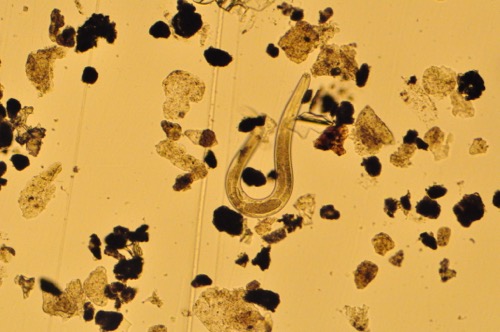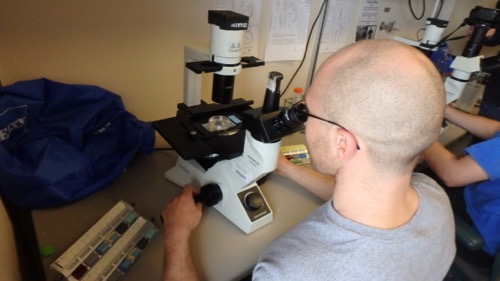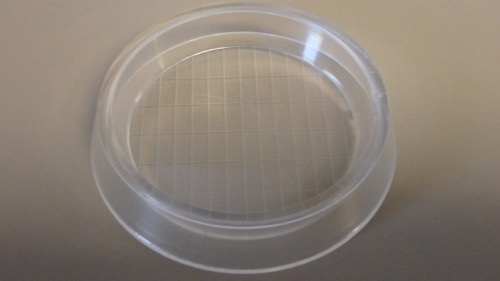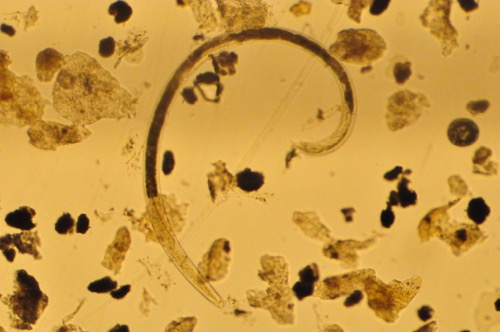"In short, if all the matter in the universe except the nematodes were swept away, our world would still be dimly recognizable, and if, as disembodied spirits, we could then investigate it, we should find its mountains, hills, vales, rivers, lakes, and oceans represented by a film of nematodes. The location of towns would be decipherable, since for every massing of human beings there would be a corresponding massing of certain nematodes. Trees would still stand in ghostly rows representing our streets and highways. The location of the various plants and animals would still be decipherable, and, had we sufficient knowledge, in many cases even their species could be determined by an examination of their erstwhile nematode parasites." Nathan Augustus Cobb - 1915
Blogging Wormherders
The ecology of Antarctic soils is a story about nematodes which have been studied in Antarctic soils for nearly three decades. As members of the soil team of the McMurdo Dry Valleys LTER we are referred to as the "Wormherders". You can read more about the nematode research in the Dry Valleys on the wormherders' blog

Weather = Another Day in the Lab
Our trip to the Dry Valleys has been delayed again today due to weather. It isn't snowing today but the visibility is still poor so the helicopters can't fly. Plan B is another day in the lab to finish processing the samples we have from the New Zealand researchers.
Counting the Animals
I am new to nematode research so I am learning lots from my team members. Yesterday we extracted the animals from the samples and today we counted the animals. We use an inverted microscope and a counting dish which is like a petri dish with a grid pattern on it.


We pour the sample from the conical tube into the dish and then scan through the dish recording every animal we find. The grid helps us keep track of which part of the sample has already been counted. The animals we find are nematodes, tardigrades and rotifers. Nematodes are the most abundant animals in Antarctic soils, in fact they are the most abundant animals on earth.
Nematodes of Antarcitica
There are four species of Nematodes in the McMurdo Dry Valleys: Scottnema lindsayae, Eudorylaimus antarcticus, Plectus murrayi, Geomonhystera antarcticola.

In nearby penguin rookeries there is also the species Panagrolaimus davidi. Nematodes are identified by species and categorized into males, females and juveniles. We also record if the animals are alive or dead. Today we found both Eudorylaimus and Scottnema.


Comments